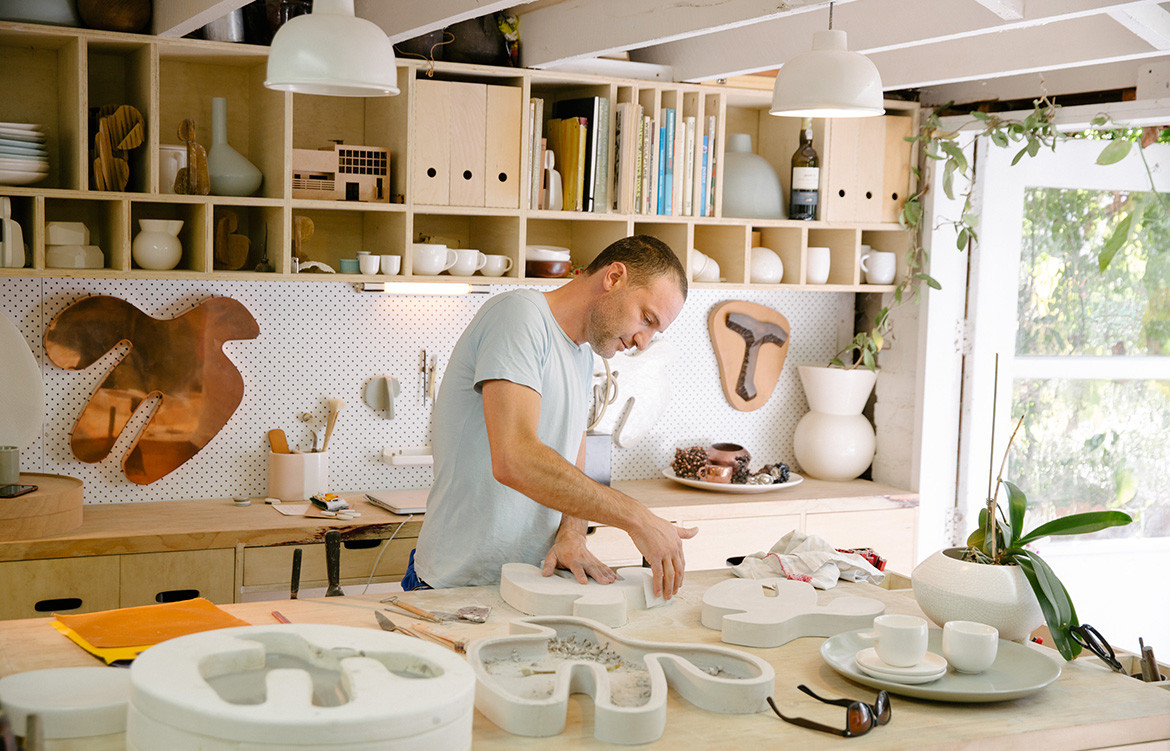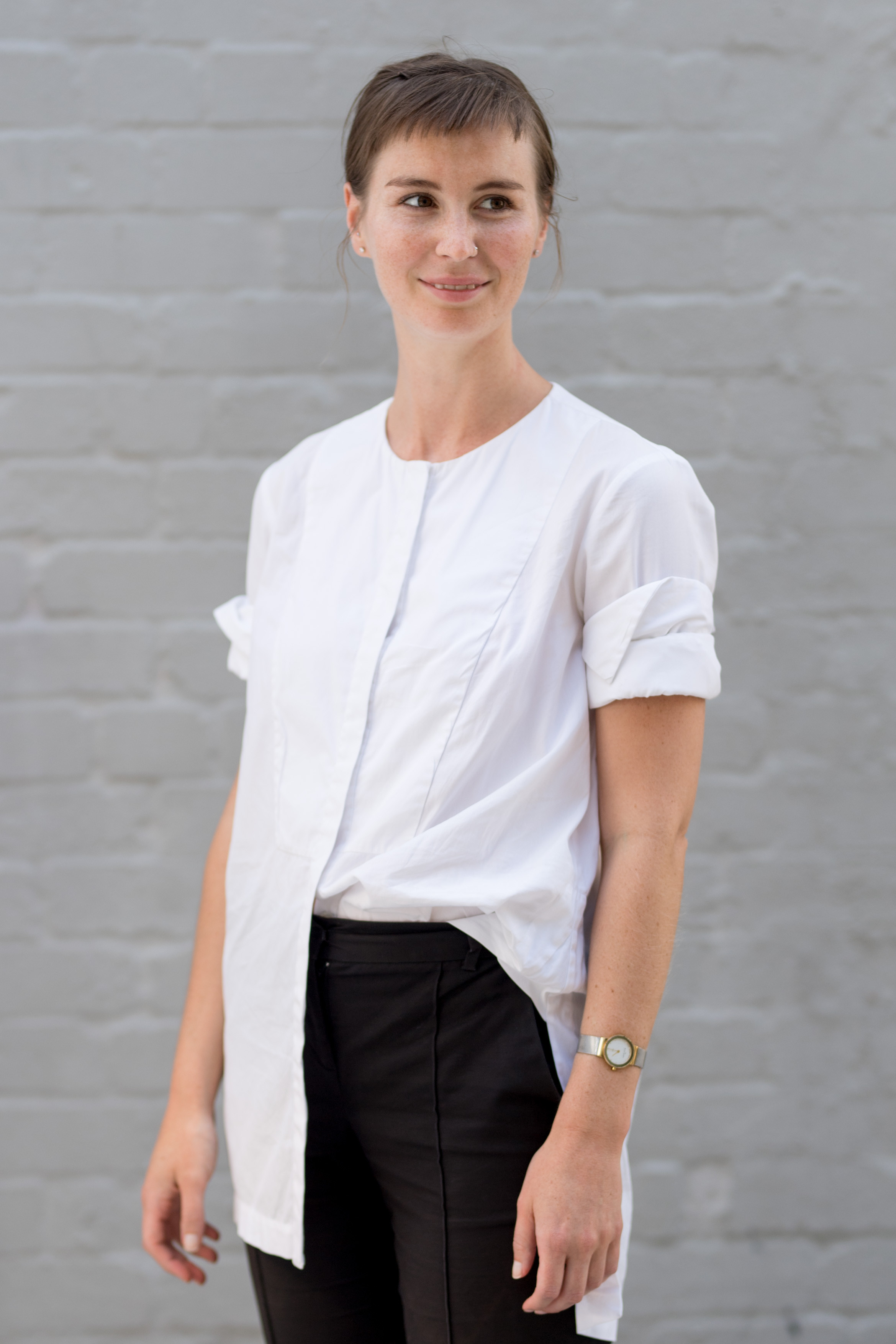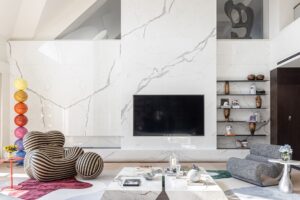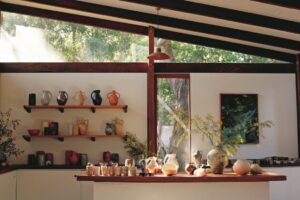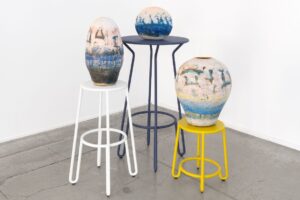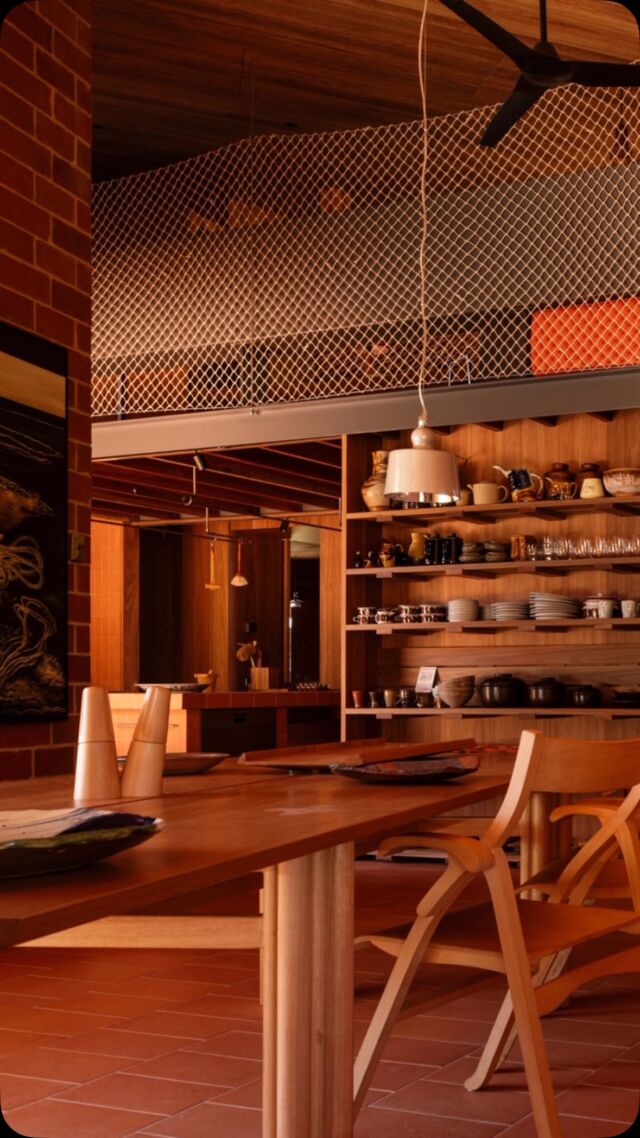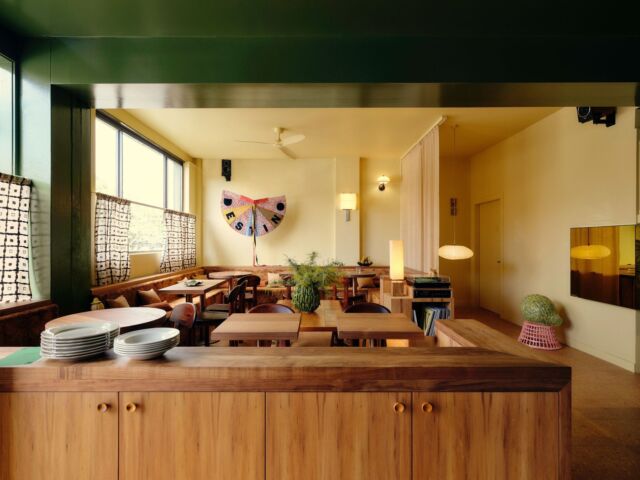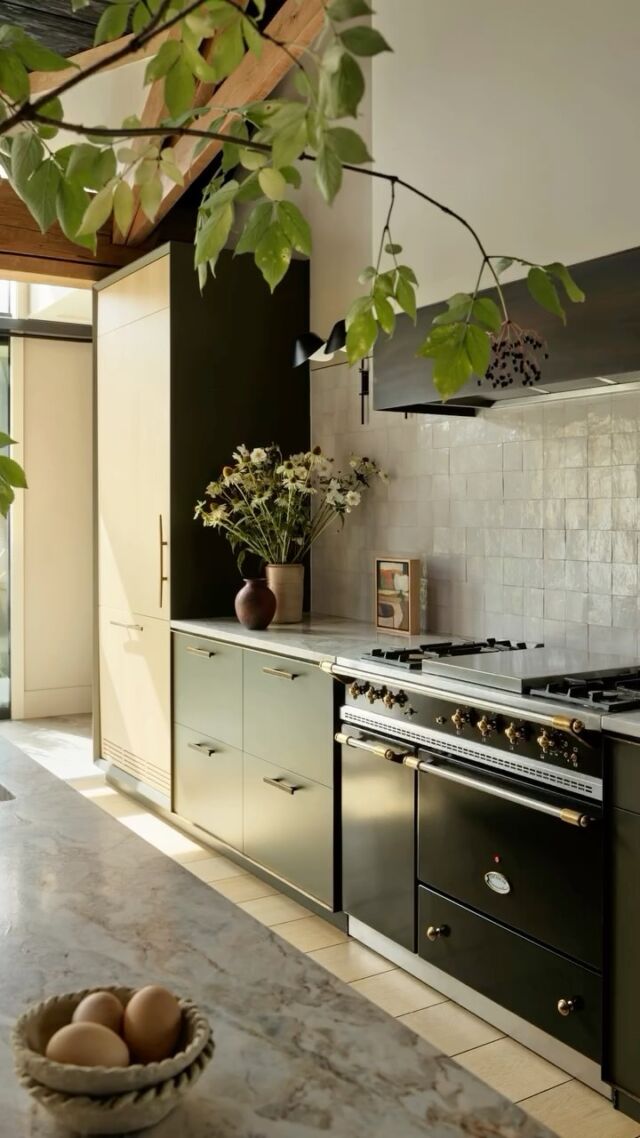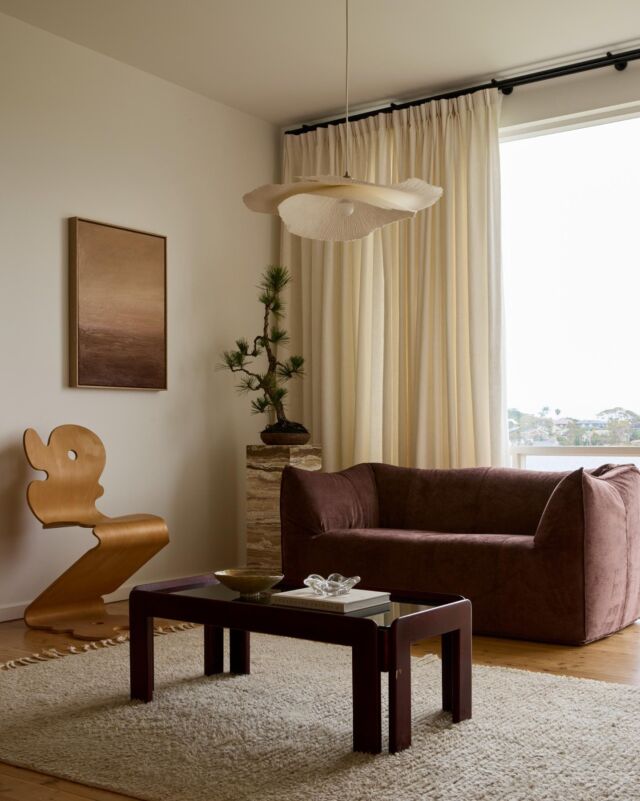Gidon Bing Ceramics have been steadily making its way onto Australian shores, infiltrating hearts and homes with the brand’s celebrated utilitarian approach and simple aesthetic. A cult following that is verging on widespread recognition, chances are you’ve seen the citrus juicer (a personal favourite), the twin wall insulated ceramic tea and coffee cups (a crowd favourite), and bone crackle bowls and platters around the traps more than once or twice.
From his base in Auckland, Gidon Bing (the man behind the brand) is the principal of his eponymous creative design studio working across homewares, product design, sculpture and, increasingly, interiors and architecture.
Describing his approach to design as reductive, the Gidon Bing pieces you see dotted throughout the home are visually stunning in their simplicity.


With academic origins in the fields of history and archaeology, it seems fitting that his design work is deeply concerned with human experience: for himself as creator/maker and for others as end-user. “My practice is informed by a passion for materials and material process,” says Gidon, “and a drive to create works that are understated, simple, and deeply connected to us through tradition [or] nature.”
That is to say, the process is as much a source of inspiration as other work. Amidst his exposure to antiquity and primitive artefacts, he counts practices such as bronze casting, mold-making, foundry work, and woodbending – or Magewappa as it is known in Japanese culture – as such inspirations.
Describing his approach to design as reductive, the Gidon Bing Ceramics pieces you see dotted throughout the home are visually stunning in their simplicity, exude subtle elegance, and avoid the superfluous. Just as importantly, each piece has a clear function. In fact all his designs, be they object, sculpture or interior, are designed to be utilitarian and “invulnerable to the transience of fashion”.
In essence, it is hoped that each piece becomes deeply meaningful to its user, and gradually a part of their daily routine.

Under the hat of his interiors practice, design in the kitchen morphs from objects that adorn the space to designing the space as a whole. For Gidon, his interest lies in kitchens that are sensitively modulated, compressing or decompressing flexibly and creatively: “Spaces that take into consideration the human experience – not just how it will look,” he adds.
Access to natural light, a balance between privacy and connection, a connection to nature, and creating intimacy are key elements Gidon seeks out when planning a kitchen or bathroom – in residential and commercial projects alike. “These are very traditional principles,” he says, “but they are just as relevant now if not more so.”
A comprehensive practice across multiple design disciplines, one thing remains notably consistent, and that is Gidon Bing’s honour of craft and respect for materials. Creating objects, art or interiors, design decisions are made with intent and a clear purpose is always paramount. The forms are uncomplicated, the functions are clear, and the final pieces are ready for a long future with their new owners.
Gidon Bing Ceramics
gidonbingceramics.com
Photography by Greta Van Der Star and Larnie Nicholson
We think you might also like the sense and sensitivity of designer Thomas Coward







